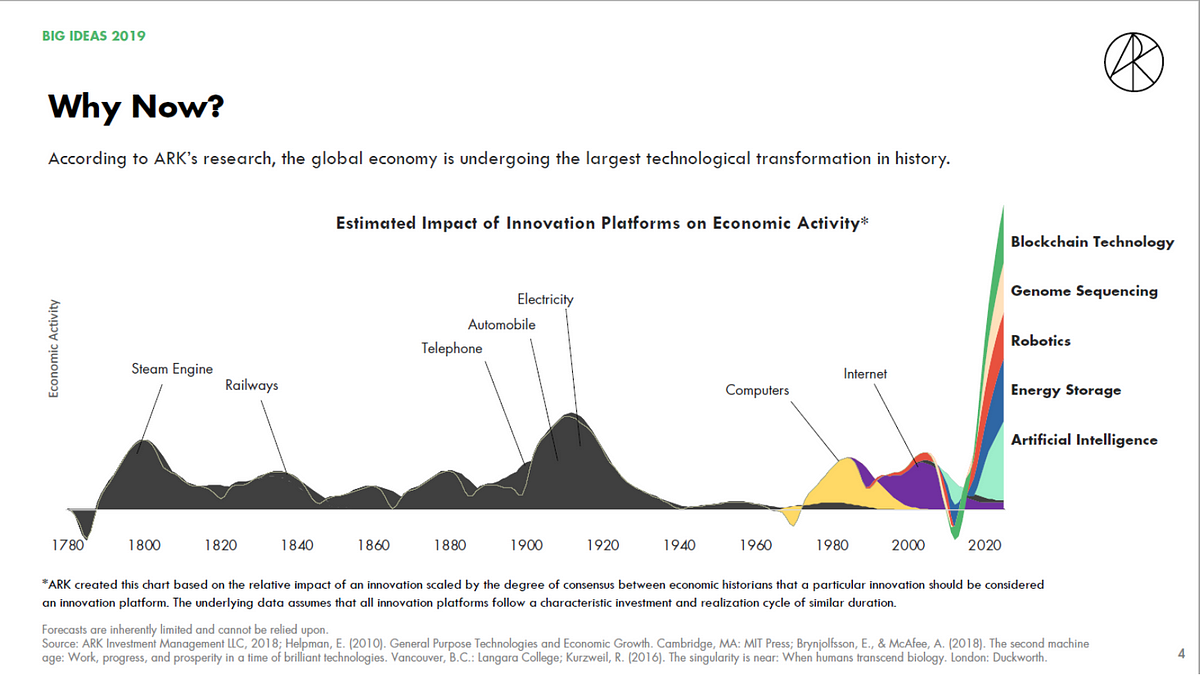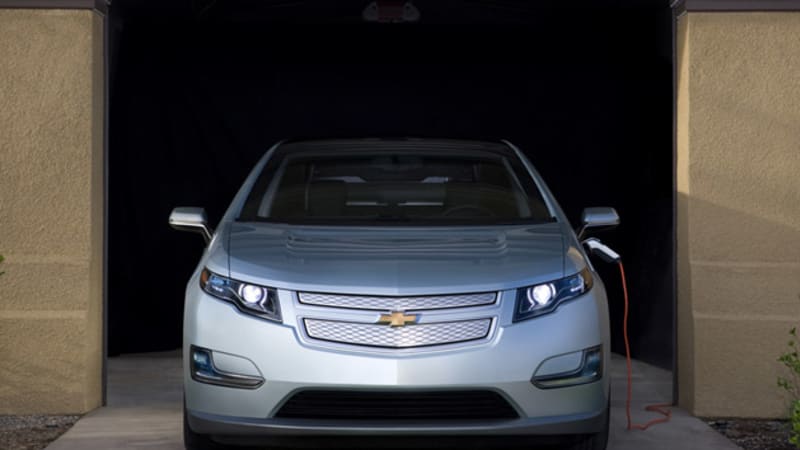This is actually a great post..........except instead of Steinbach, I would propose that Tesla already has the tools in their tool box to improve Arizona's water supply if we were to really approach this problem on a scale that the Infrastructure Bill/BBB originally deserved to face the Climate Crisis and our Grid concerns head-on. And they could do so by simply expanding on the concept of solar covered canals that have already been successfully deployed elsewhere, but do it on an 'Elon Scale' here. Solar covered canals coupled with Tesla battery storage solutions would improve the amount of water available to AZ residents, would increase the amount of renewable energy on the West Coast Grid, would reduce the amount of water needed from the Colorado River, and ultimately would provide a path to dramatically reduce the amount of CO2 emissions from the State of AZ. A couple years ago
@jbcarioca and I had some fun conversations about this. It is late, the market has long been closed, and this is slightly on topic (thanks for the segue
@SOULPEDL) so here we go:
About 35% of Arizona's water supply comes from a single source through the Central Arizona Project (CAP), which delivers the Colorado River water to Central and Southern Arizona. Its a 336-mile long diversion canal that runs through the desert to deliver approximately 500 billion gallons of water, lifting it up to 2,900 feet using 15 pumping stations that deploy a total of 115 giant pumps using 2.5 million MWh of electricity each year - the largest of these pumps can move 3,740 gallons per second. At the Mark Wilmer pumping plant alone there a six 66,000 horsepower pumps available for use as needed, each requiring 50 Megawatts of power, thus each pump requires more power than the entire city of Lake Havasu. This makes CAP the largest power user in Arizona. And from Wikipedia, "the canal loses approximately 16,000 acre-feet (5.2 billion gallons) of water each year to evaporation, a figure that will only increase as temperatures rise. It loses 9,000 acre-feet (2.9 billion gallons) annually from water seeping or leaking through the concrete."
View attachment 746557
I am simply going to assume that just about anyone reading this already has their hackles up regarding a few of the statistics above - most particularly that:
*the Central Arizona Project is THE LARGEST POWER USER in Arizona (read that again please just so it sinks in since it is rarely talked about)
*over 5 Billion gallons of precious Colorado River water simply evaporate along the route in the photo above, and this is happening while we are shown updates of water levels lowering at Hoover Dam almost weekly now. 5 Billion gallons is approximately enough water for 100,000 people annually.........and it just evaporates.
The combination of these two facts become really important when you consider that until just a few years ago almost all the power for the CAP project came from the Navajo Generating Station. This was a 2.25 Gigawatt coal plant located near Page, AZ that was operated until the end of 2019. The Navajo Generating Station received most of its coal from the Navajo Reservation about 100 miles away. From the information I could find, it looked like the majority of this system was in operation for roughly 30 years delivering coal-powered water from the Colorado River across the desert. And it takes a LOT of coal to get this water to the ends of the canal. If you assume that there is approximately 2,500 kWh per ton of coal, and the CAP used 2.5-million Megawatt hours per year............then the CAP project was literally using 1 Million tons of coal per year to move AZ's CAP water - roughly 8,600 rail cars worth of coal - which would have produced about 2.86 million tons of CO2 each year - not counting the CO2 from mining the coal and moving it 100 miles to the Navajo Generating Station. So while almost everyone is aware of the Arizona's water crisis, very few people stop to consider the Carbon Footprint and Global Impact of Arizona's water crisis..........which in my opinion far exceeds the water crisis itself. After the closure of the Navajo Generating Station in 2019, CAP power has been supplied by a mix of coal and natural gas power, and I have read that approximately 1% of the power supply also comes from solar...............? These last statistics I am having trouble nailing down and would gladly look to more knowledgeable folks on TMC for a sharper pencil here.
View attachment 746569
In a nutshell, a 336-mile long canal (approximately 80' wide at the surface, 30' wide at the bottom, and about 18' deep) following a route through high elevation desert where substantial amounts of electricity must be delivered to each pumping station along the route. Let's assume we cover the 80' wide canal with a 100' span of Tesla 420 panels. If we covered 100 miles of the CAP we would cover about 52,800,000 ft2 with 420's. If we throw 17 watts/ft2 at it, that 100 mile portion of the CAP could be generating up to 897.6 MW at peak solar production. Napkin math says the CAP is roughly using about 300 MW of power for the full system, so we are already able to put some surplus energy into storage during peak hours while taking Arizona's largest power user off the grid at that time (yes, lots of room for argument with these numbers - this is all 50,000' concept stuff on TMC - but please jump in and help me out where you can).
But lets say this happened on the Hornsdale Battery project-scale........that perhaps the 'Michael Cannon-Brookes of Arizona' tweeted Elon and asked him to cover 300 miles of the canal because he wanted to maximize solar production and energy storage capacity, and he wanted to minimize the amount of evaporation along the CAP by shading it with solar panels while using the water in the canal to help cool the underside of the panels to help raise their efficiency. That 300-mile stretch could create a 2.7 Gigawatt solar project that could take the CAP entirely off the grid with sufficient storage capacity.....and it could help supplement Arizona's increasing power demand..........and it could also significantly reduce the 5 Billion gallons per year that is currently evaporating from the CAP. (For reference the Phoenix area had a peak demand of about 7.6 GW during last summer's heat wave, which was about 2 GW higher than the peak of 2015).
All fun speculation, but all becoming well within 'the art of the possible' if moving the needle on reducing coal & natural gas CO2 emissions and saving water in the Colorado River while improving Arizona's water supply really do become important enough to tackle. All while not using any additional land to do so. Fingers crossed the 'Michael Cannon-Brookes of Arizona' tweets Elon about the potential for such a project soon.
View attachment 746579
(projects in India above) The first 1 km development was expected to save 9,000 m3 of water per year while producing 1.6 GWh of electricity






